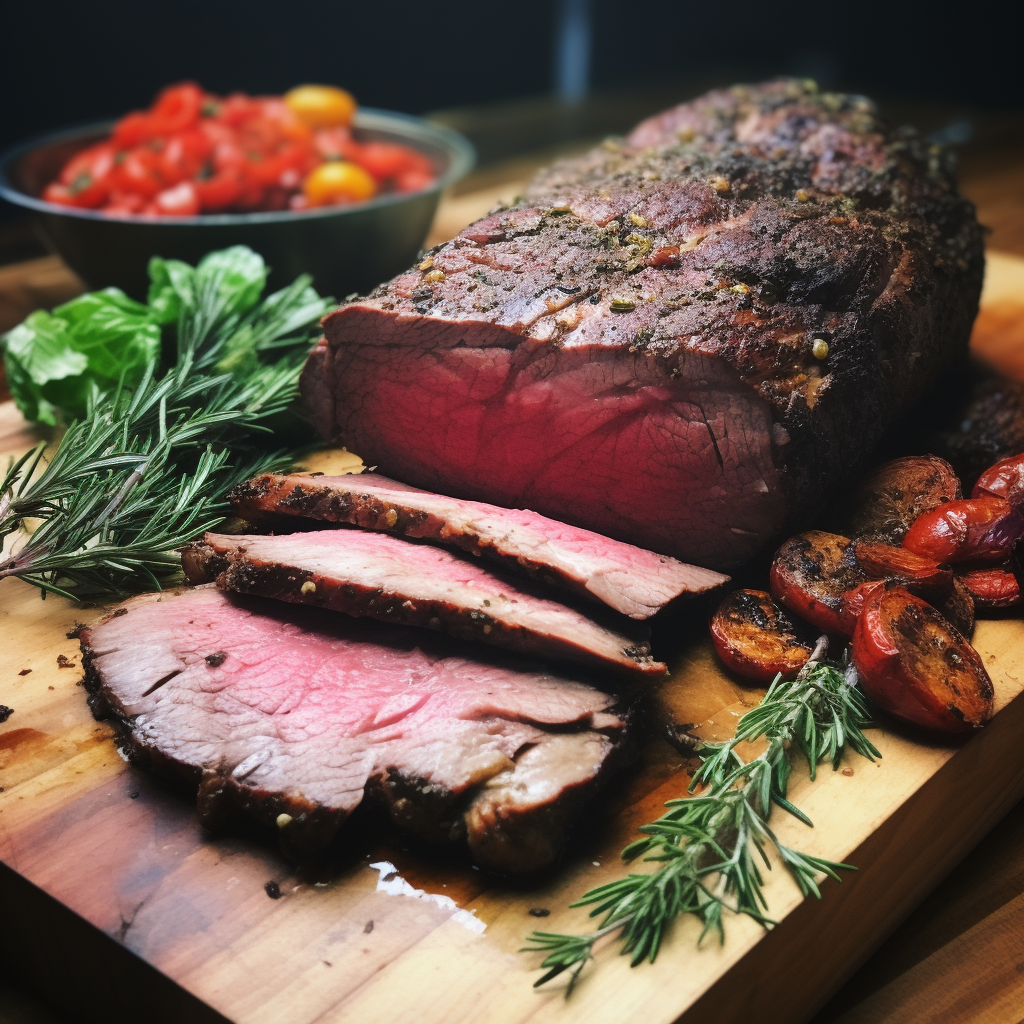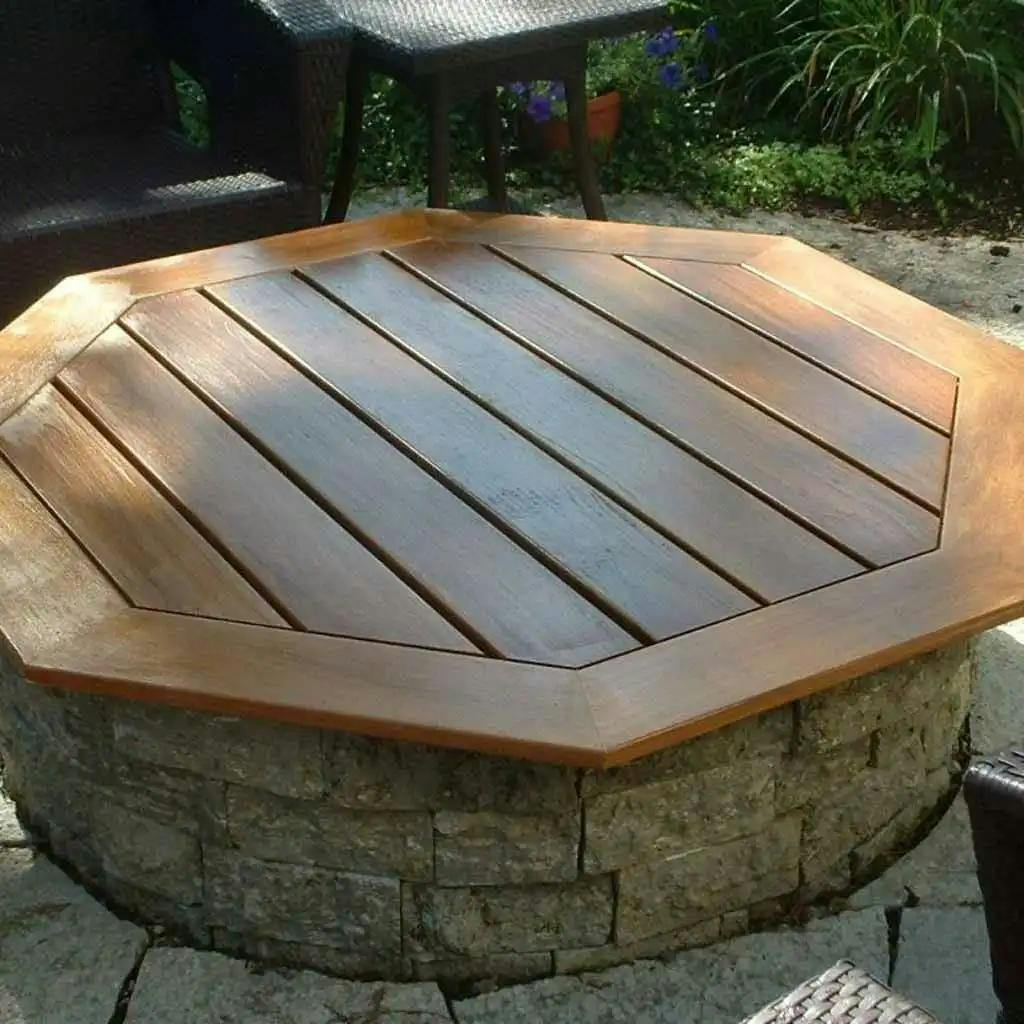Introduction
In the vast universe of culinary techniques, few have the transformative power of the reverse sear. It's a method that's been whispered about in hushed tones among chefs and avid home cooks. And while the chuck roast might traditionally be associated with slow-cooked stews, when it meets the reverse sear, it's elevated to a level of gourmet excellence. Imagine a world where every bite of chuck roast is a harmonious blend of tenderness and a perfectly caramelized crust. Intrigued? Let's dive in.
The Magic Behind Reverse Searing

The reverse sear is not just a cooking method; it's an experience. It challenges our traditional understanding of cooking meat. Instead of starting with a blazing hot pan, we begin in the gentle embrace of low heat. This initial phase ensures the meat retains its natural juices, resulting in an even, edge-to-edge doneness. But the magic doesn't stop there. Once the meat is gently cooked, it's then introduced to high heat, creating a crust that's the stuff of legends. Here's the breakdown:
- Low and Slow: This phase is all about patience. Cooking the chuck roast slowly at a low temperature ensures that the meat's fibers don't contract too quickly, retaining those precious juices and ensuring an even doneness throughout.
- The Searing Finale: This is where the drama unfolds. A cast iron skillet, heated until it's smoking hot, meets the chuck roast, creating a symphony of sizzles. The result? A crust that's not just golden, but packed with layers of flavor.
Choosing the Perfect Chuck Roast
The chuck roast, often seen as the workhorse of the beef world, has layers of complexity. Hailing from the shoulder region of the cow, it's a cut that's seen its fair share of movement, resulting in a rich beefy flavor. When shopping, it's not just about picking any chuck roast; it's about choosing the perfect one:
- Marbling is Key: Those beautiful streaks of fat you see running through the meat? That's marbling. As the roast cooks, this fat renders, acting as a natural baster, ensuring the meat remains juicy and flavorful.
- Size Does Matter: Depending on your dinner plans, whether it's an intimate meal or feeding a crowd, the size and thickness of your roast will vary. A thicker roast, while taking longer to cook, can often result in a juicier outcome.
Step-by-Step Guide to Reverse Searing a Chuck Roast
Embarking on the reverse sear journey requires a roadmap. Here's a detailed guide to ensure your chuck roast is nothing short of perfection:
- Preparation is Everything: Begin by seasoning your chuck roast. A generous sprinkle of kosher salt, a touch of freshly ground black pepper, and if you're feeling adventurous, a sprinkle of garlic powder. Let the meat sit, allowing it to come to room temperature. This small step ensures even cooking, making a world of difference in the end result.
- The Oven Odyssey: Preheat your oven to a gentle 225°F. As the oven warms, place your seasoned chuck roast on a wire rack set over a baking sheet. This setup ensures even air circulation, resulting in uniform cooking. Slide it into the oven and let the low heat work its magic. Depending on the size and thickness of your roast, this could take some time. But remember, perfection can't be rushed.
- The Grand Finale: With your chuck roast slowly cooked to perfection, it's time for the pièce de résistance. Heat a cast iron skillet until it's smoking. A drizzle of high smoke point oil, like grapeseed or avocado oil, and in goes the roast. The goal? A deep, golden crust that's achieved in just a minute or two on each side.
Elevating Your Chuck Roast Game

The beauty of the reverse sear method is its versatility. While the basic technique remains the same, there's a world of variations waiting to be explored:
- Marinades and Rubs: While a simple salt and pepper seasoning works wonders, don't be afraid to experiment. A marinade, left to sit overnight, can introduce a depth of flavor. Rubs, on the other hand, can create an additional layer of crust during the searing phase, adding both flavor and texture.
- Complementary Sides: A perfectly cooked chuck roast deserves the perfect side. Think roasted root vegetables, caramelized to perfection, or a fresh, zesty salad to cut through the richness of the meat.
The Art of Sides and Accompaniments
When you've mastered the reverse sear chuck roast, the next step is to think about what goes with it. A roast, no matter how perfectly cooked, shines brightest when paired with the right accompaniments.
- Vegetable Medley: Think of vegetables that can stand up to the rich, beefy flavor of the chuck roast. Root vegetables like carrots, parsnips, and potatoes, roasted until they're caramelized and tender, are a classic choice. Their natural sweetness contrasts beautifully with the savory roast.
- Sauces and Gravies: A well-made sauce can elevate your chuck roast to new heights. A red wine reduction, infused with herbs and garlic, can add layers of complexity to your dish. If you're in the mood for something creamier, a mushroom and onion gravy might be just the ticket.
- Wine Pairings: If you're a wine enthusiast, pairing your reverse sear chuck roast with the right wine can be a game-changer. A full-bodied red, like a Cabernet Sauvignon or a Malbec, can complement the roast's rich flavors.
Conclusion
The reverse sear method, while requiring a bit of patience, is a revelation in the world of cooking chuck roasts. It transforms this humble cut into a gourmet delight, ensuring a meal that's memorable for all the right reasons. Whether you're a seasoned chef or a home cook looking to experiment, the reverse sear chuck roast promises a culinary experience that's both rewarding and delicious.
Frequently Asked Questions
- How long to cook a reverse sear chuck roast?
The cooking time for a reverse sear chuck roast varies based on its size and thickness. Typically, for a roast that's about 2 inches thick, you'd cook it in a low oven (around 225°F) until it reaches an internal temperature of 115°F to 120°F. This could take anywhere from 45 minutes to 1.5 hours. The final searing process takes just a few minutes per side. - Should you reverse sear a chuck roast?
Absolutely! The reverse sear method ensures that the chuck roast is cooked evenly throughout, resulting in a tender interior and a beautifully caramelized exterior. It's a technique that brings out the best in this particular cut of meat. - What temperature do you reverse sear a chuck steak?
For the initial slow cooking phase, set your oven to a low temperature, around 225°F. After this phase, when it's time to sear, you'll want your skillet or pan to be as hot as possible. - What temperature is a reverse sear roast done?
A reverse sear roast is typically done when its internal temperature reaches between 115°F to 120°F during the slow cooking phase. After searing, the temperature will rise, landing you in the perfect medium-rare to medium range.
About Grace Rodriguez
Grace Rodriguez is your passionate grill aficionado and the lively host of the Fox Heights Bar and Grill Podcast. With a zest for culinary adventures and a gift for making everyone feel like a friend, Grace brings a warm and welcoming vibe to the world of grilling. From sharing her top-notch tips for crafting the perfect burger to creating an atmosphere of camaraderie around the grill, Grace's genuine charm and relatable style make her podcast a must-listen for both seasoned grill masters and newcomers alike.




